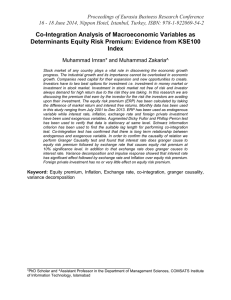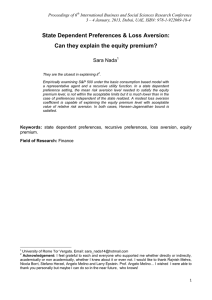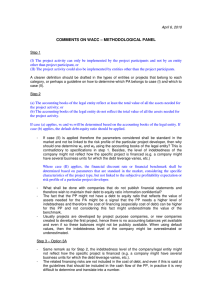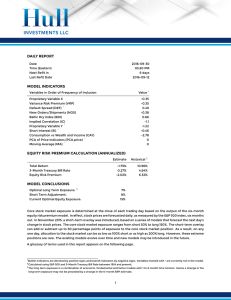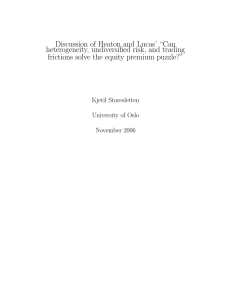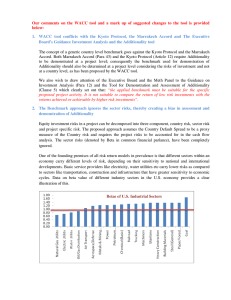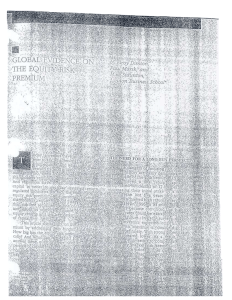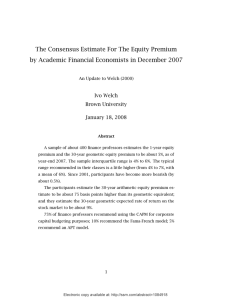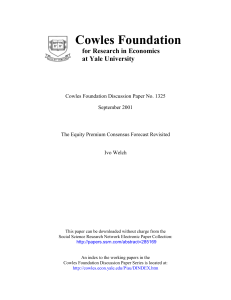Step 1 Option (I)
advertisement
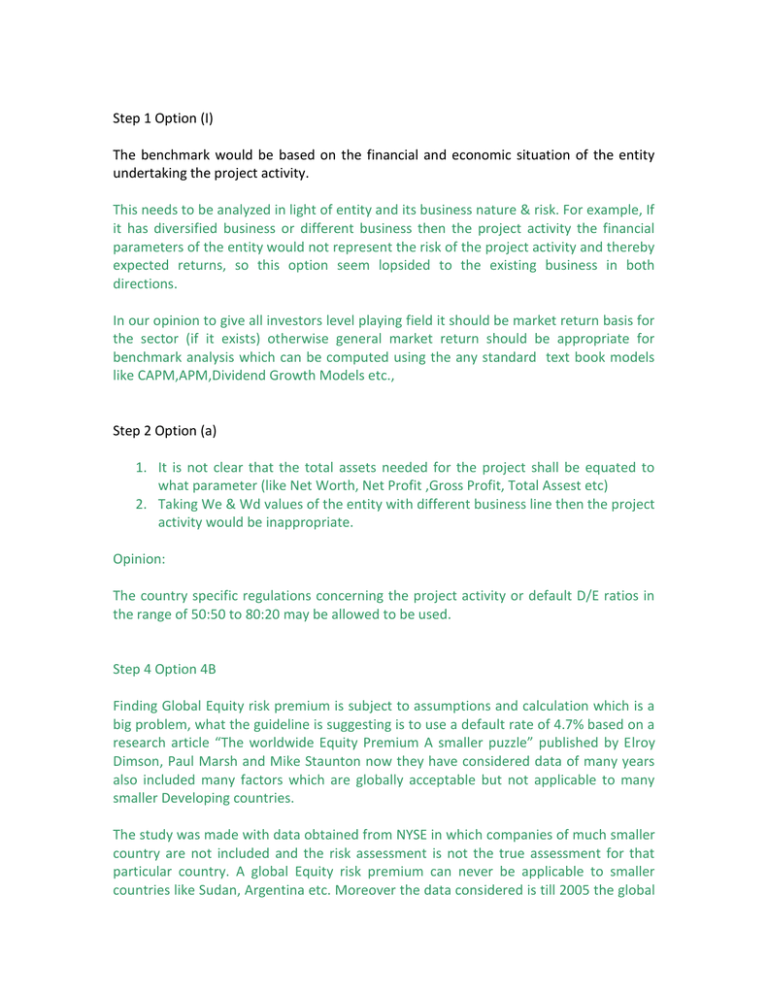
Step 1 Option (I) The benchmark would be based on the financial and economic situation of the entity undertaking the project activity. This needs to be analyzed in light of entity and its business nature & risk. For example, If it has diversified business or different business then the project activity the financial parameters of the entity would not represent the risk of the project activity and thereby expected returns, so this option seem lopsided to the existing business in both directions. In our opinion to give all investors level playing field it should be market return basis for the sector (if it exists) otherwise general market return should be appropriate for benchmark analysis which can be computed using the any standard text book models like CAPM,APM,Dividend Growth Models etc., Step 2 Option (a) 1. It is not clear that the total assets needed for the project shall be equated to what parameter (like Net Worth, Net Profit ,Gross Profit, Total Assest etc) 2. Taking We & Wd values of the entity with different business line then the project activity would be inappropriate. Opinion: The country specific regulations concerning the project activity or default D/E ratios in the range of 50:50 to 80:20 may be allowed to be used. Step 4 Option 4B Finding Global Equity risk premium is subject to assumptions and calculation which is a big problem, what the guideline is suggesting is to use a default rate of 4.7% based on a research article “The worldwide Equity Premium A smaller puzzle” published by Elroy Dimson, Paul Marsh and Mike Staunton now they have considered data of many years also included many factors which are globally acceptable but not applicable to many smaller Developing countries. The study was made with data obtained from NYSE in which companies of much smaller country are not included and the risk assessment is not the true assessment for that particular country. A global Equity risk premium can never be applicable to smaller countries like Sudan, Argentina etc. Moreover the data considered is till 2005 the global economy has got both ups and downs since 2005 till date so considering a data which is showing a risk premium till 2005 can never be acceptable. Following any particular model like PWC model to calculate a country’s Equity risk premium will also be biased and show subjective profitability. Historical equity risk premium was found out for all developed countries and the World equity Risk Premium is also found out using all developed countries excluding US so its applicability to the developing countries need be revisited. The data of A.M. Best, Standard & Poor's, Moody's or Fitch Ratings etc is not always publically available thereby limiting the calculation of Return on Equity/ Cost of capital to these company’s data would be inappropriate. Standard text book methods of calculating the cost of capital / cost of equity based on the market data are universal and acceptable, so this should be allowed. However in case of the non availability of data the above methods as proposed in the draft may be used.

